Here's Why Companies Spend Millions on Motorsports
It turns out that building a winning machine and developing the associated team is pretty expensive. The benefits are plentiful, and winning isn't the only way companies derive value from motorsports.

Have you ever wondered how much money it costs to develop and maintain a racing team? Probably not, and I wouldn't blame you... but it turns out that building a winning machine and developing the associated team is pretty expensive. By pretty expensive, we are talking tens or even hundreds of millions of dollars annually depending on the series.
Last summer, I traveled to Europe and went to various automotive-themed destinations in Germany, Belgium, and Italy. I've covered this in another post in greater detail, but for this, the focus is on one thing: technology. More specifically, the engineering and organizational benefits that companies get from building and maintaining a racing team.
Racing is a great mania to which one must sacrifice everything, without reticence, without hesitation. - Enzo Ferrari
The Steering Wheel
Steering wheels have evolved since the early days and now have buttons for media control, drive modes, shifting, and countless other somewhat pointless functions (has the voice command system in your car ever worked?) that can at least entertain the driver. The advancements in motorsport steering wheels, which have evolved into complex interfaces with multiple controls to improve vehicle performance, have had a trickle-down effect on passenger vehicles. The less time drivers have their hands off the wheel, the more they can drive the car. Our uses are different from racing drivers, but the idea is the same.
Here's a collection of photos of some wheels over the years, notice the lack of buttons or even an airbag in the first, and then a horn button in (what I think is) a Lamborghini Murcielago, then buttons for literally anything you can think of (including a useless voice assistant that reacts anytime someone mentions the word Mercedes).
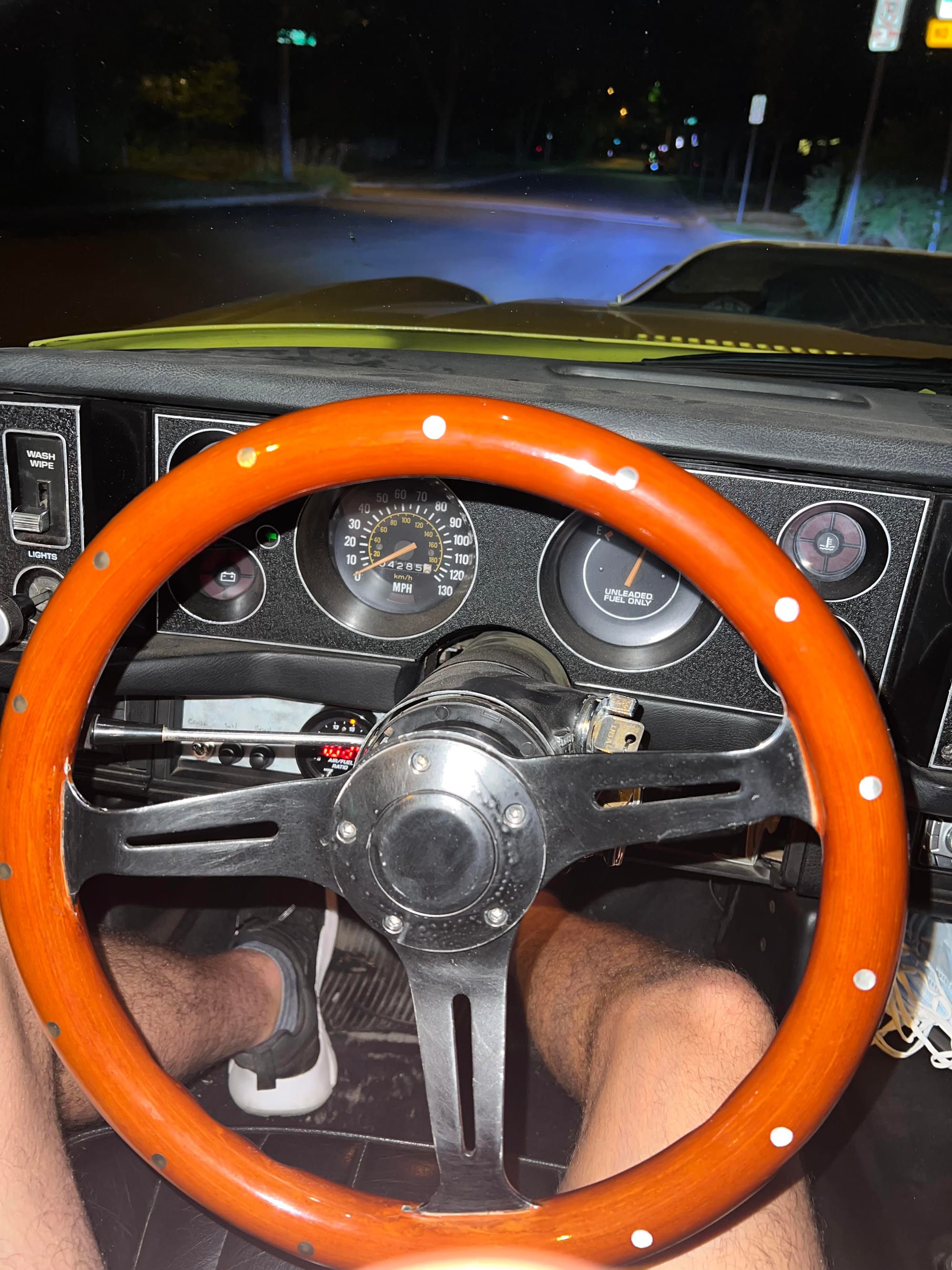
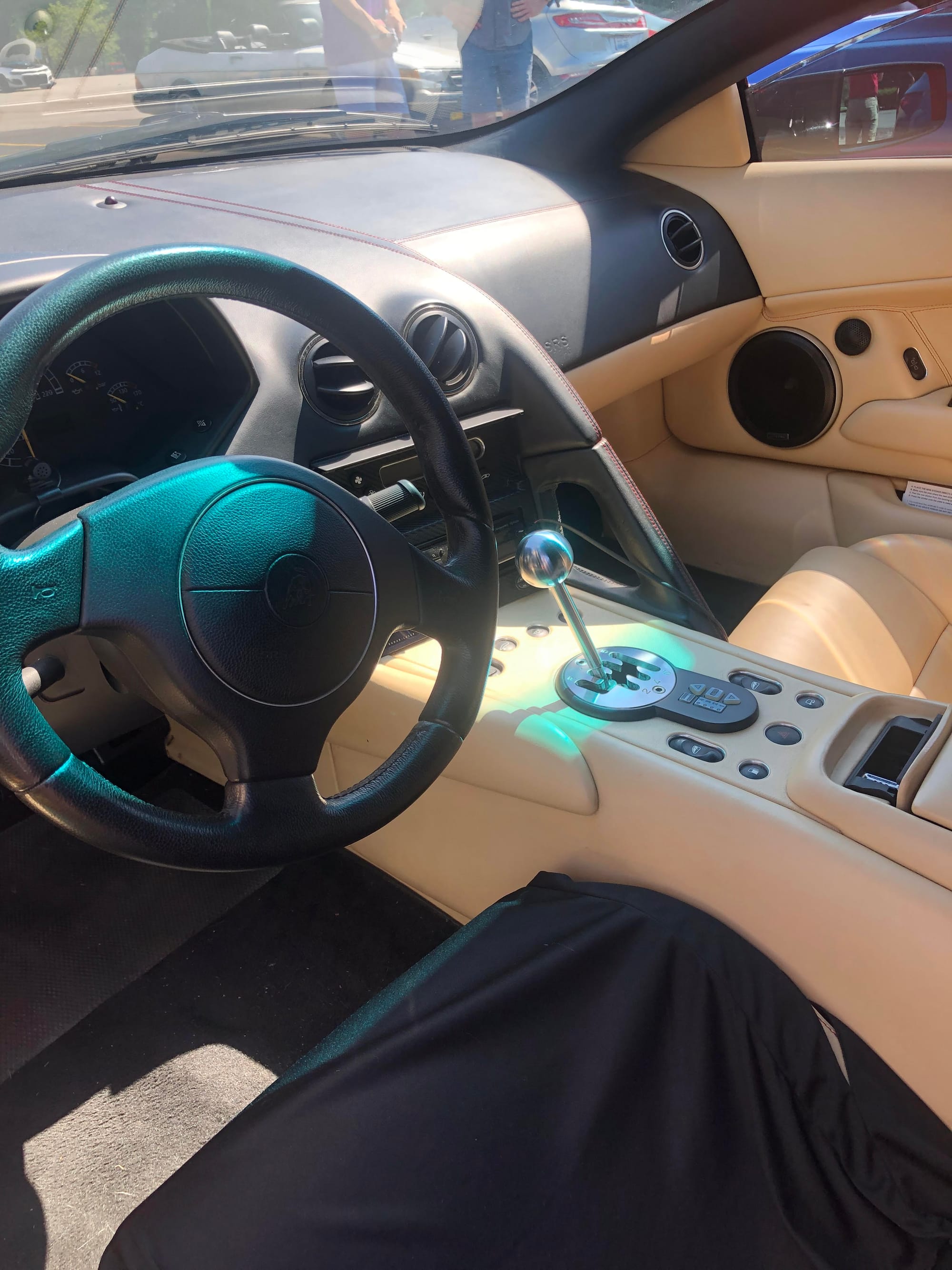
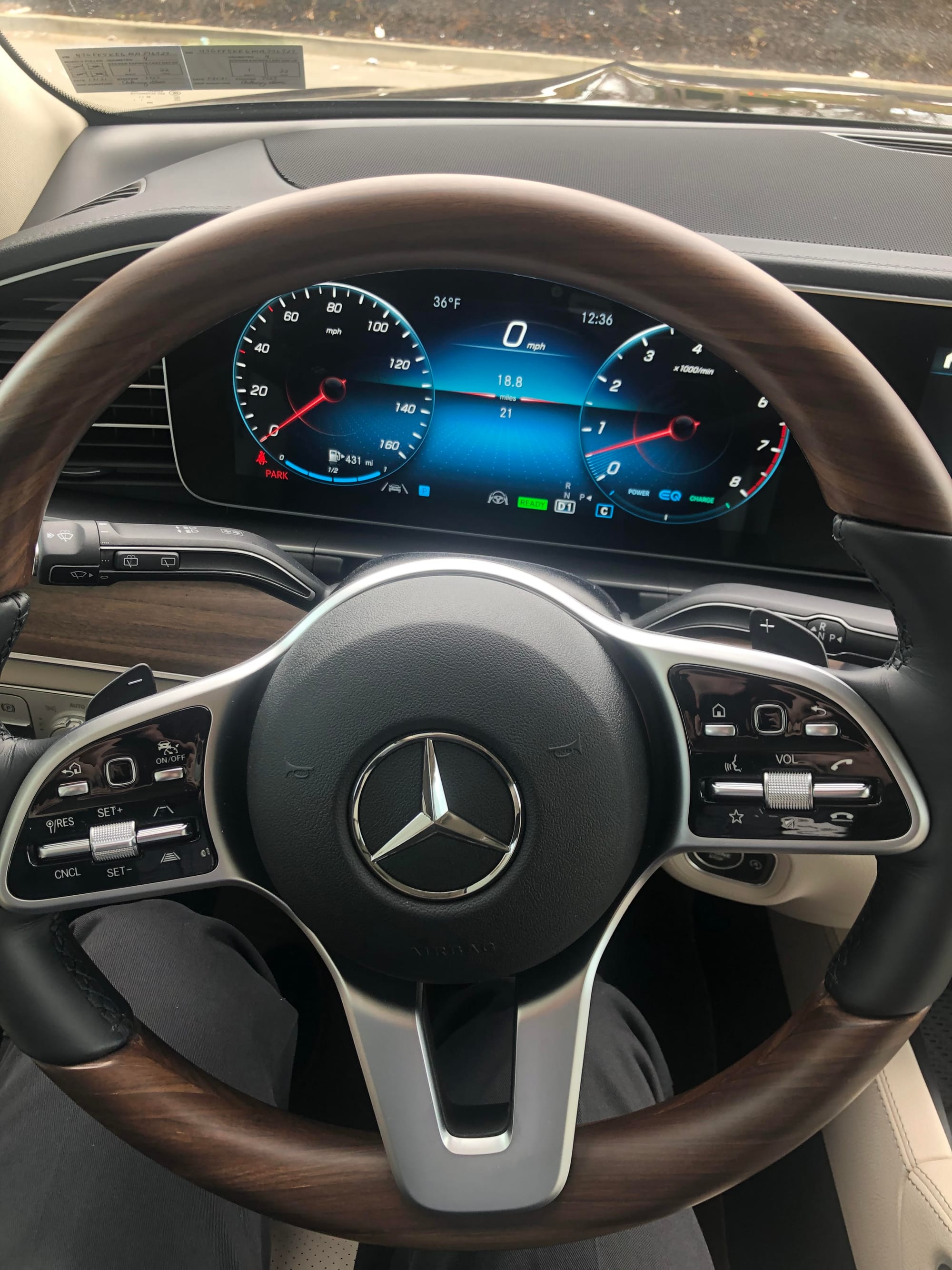
Brakes and All Wheel Drive
Motorsports has also advanced brake technology over the years thanks to the adrenaline-crazed drivers. Drilled and slotted disks for sports cars, and carbon ceramic breaks for supercars all come from motorsports development. Audi invented their Quattro all-wheel drive system for devotees and rally driving but revolutionized their product range with its permanent four-wheel drive, triggering a boom in AWD cars worldwide.
The origins of quattro technology can be traced back to the winter of 1976‑77, when a group of Audi engineers conducted test drives in the deep snow in Sweden. - Audi
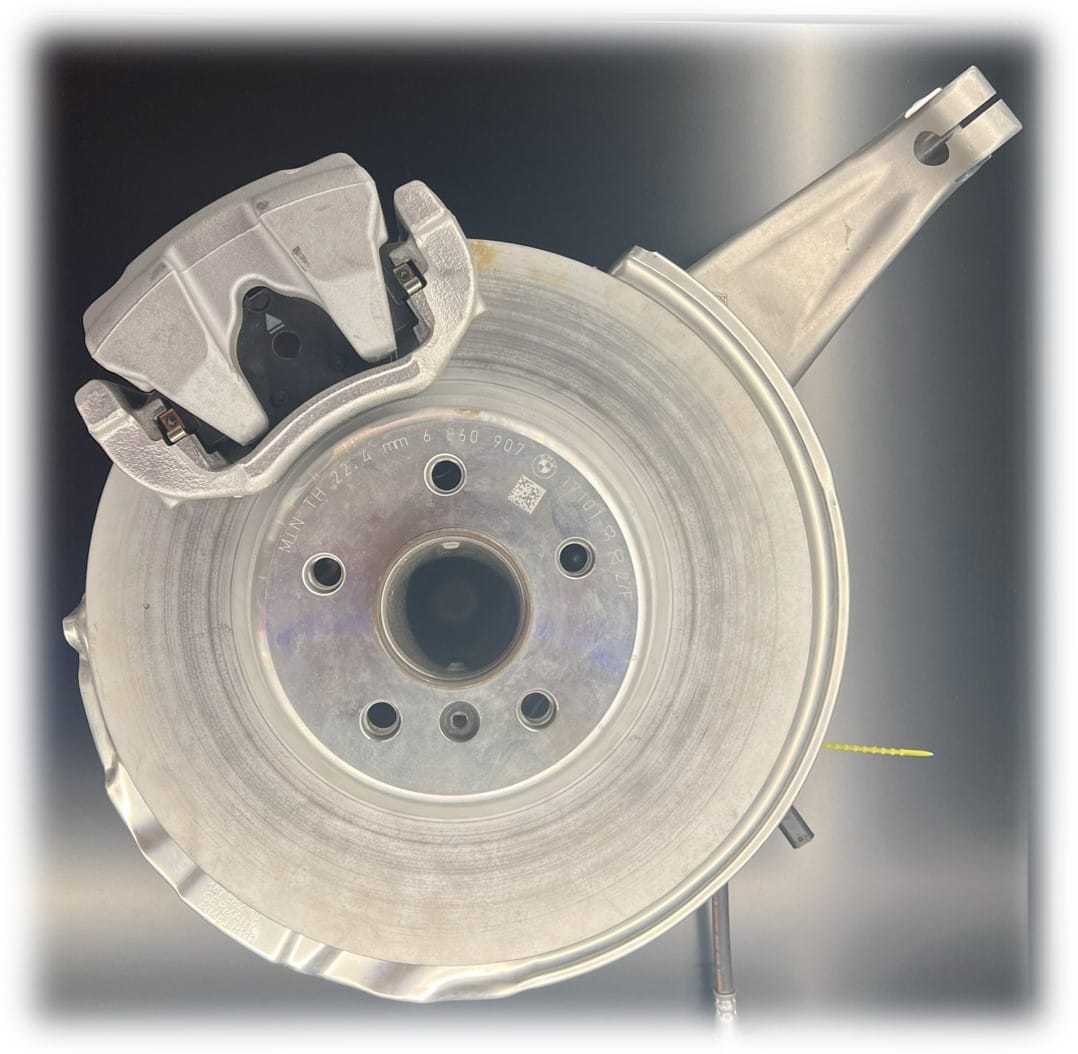
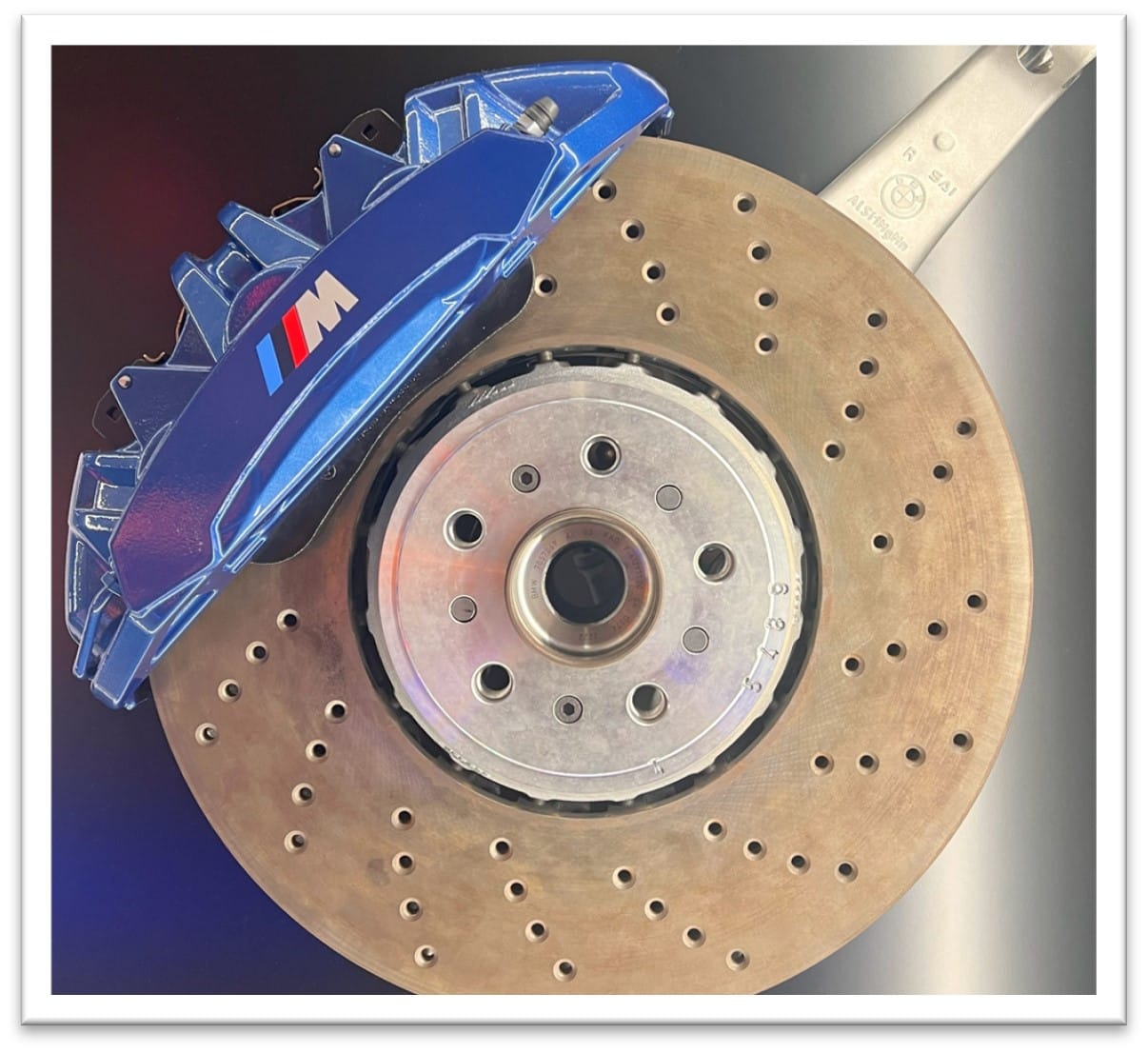
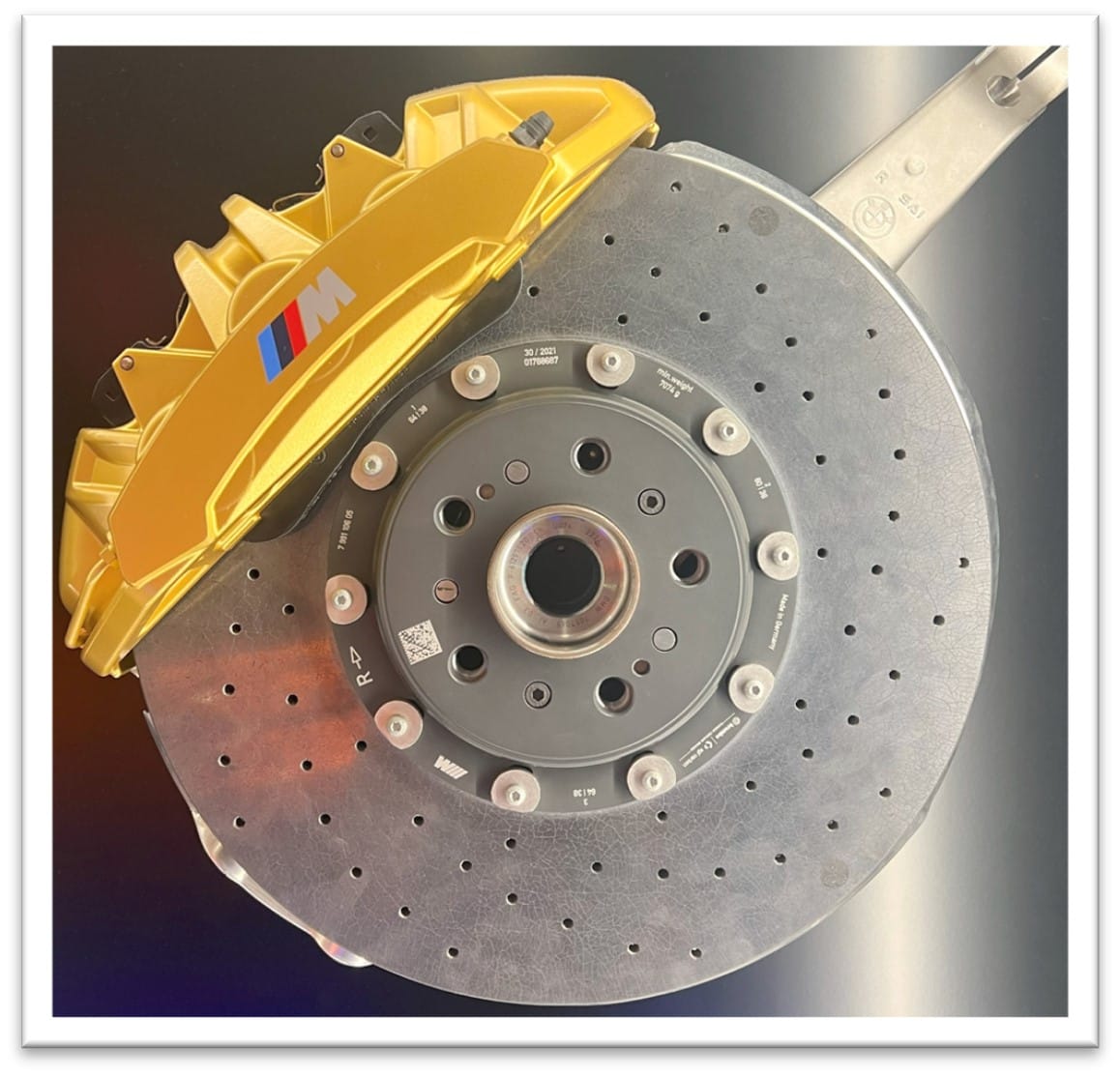
Electric Powertrain Technology
This is a big one. Electric powertrain technology has been advanced thanks to both Formula 1 and Formula E (other racing series have helped as well, but F1 and FE are the highlights here). Formula E is a racing league for only purely electric cars, satisfying a unique niche that has grown in importance since the league was started back in 2014. It's not nearly as popular as NASCAR, IndyCar, or F1, but it is a good development sandbox for engineers at any rate.
Formula 1 has also used hybrid technology since the V6 replaced the V8 in the cars back in 2014. More specifically, the 48-volt mild hybrid system that Mercedes-Benz uses on their current models comes from the F1 cars that employ a similar system to increase acceleration at the right times. This tech enables more torque and horsepower, as well as increased efficiency. Another specific example is KERS which stands for Kinetic Energy Recovery System and was introduced in F1 back in 2009 to improve acceleration and fuel efficiency. The French 24 Hours of Le Mans had a car equipped with KERS enter into the race in 2012 and dominate the competition. As of 2024, some ICE motorcycles and passenger cars have adopted the technology but it is far more popular in EVs.

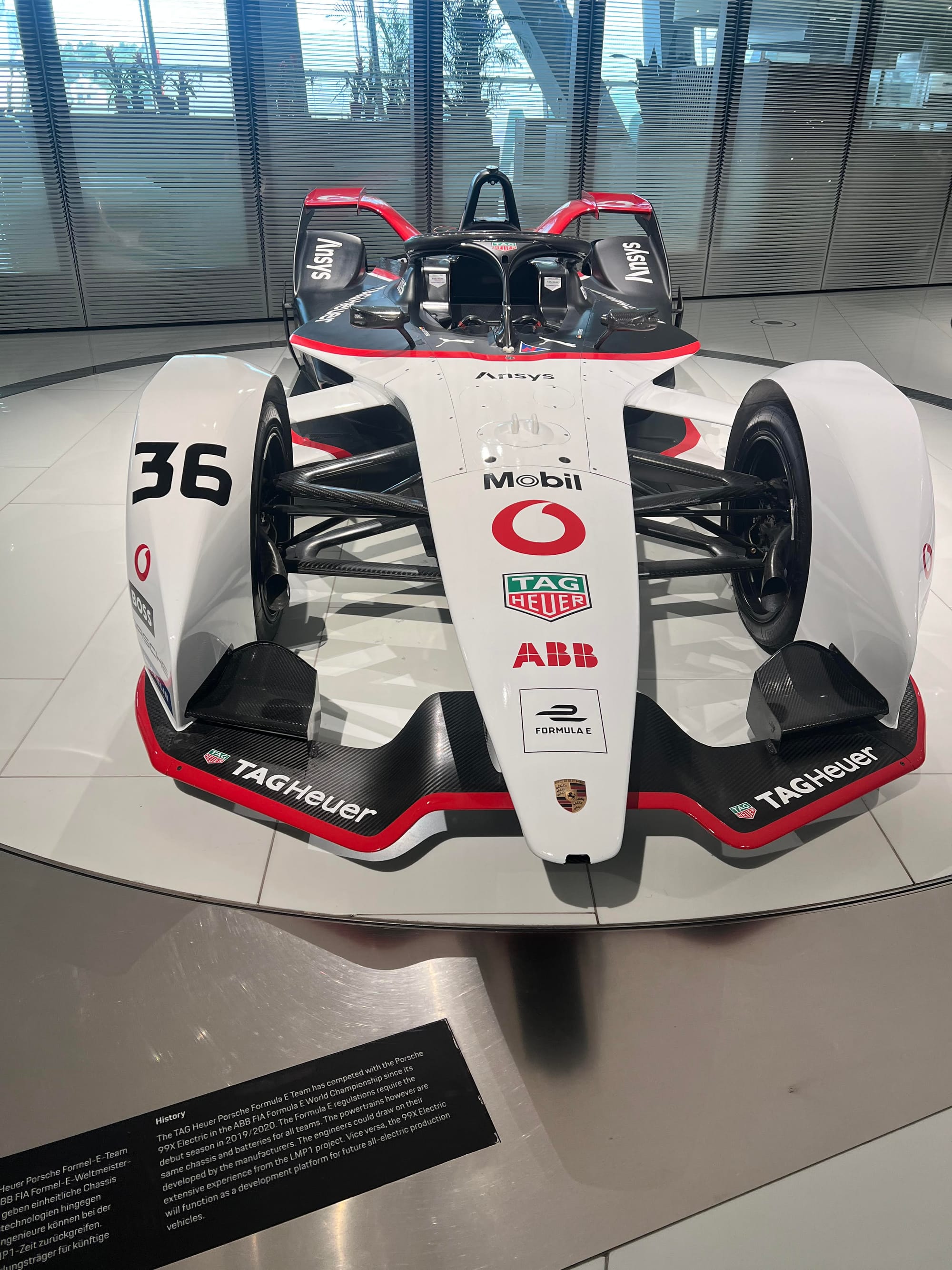
Left: Formula 1 Car at Mercedes Museum, Right: Porsche Formula E car at the Porsche museum (both in Stuttgart)
Brands Birthed in Motorsports
Ferrari started because of someone who loved racing. The name Mercedes came about because a guy liked racing Daimler cars and his racing team name was Mercedes (named after his daughter). Lamborghini only exists because Enzo is good at pissing people off, and Porsche has sold cars on Monday thanks to wins on Sunday throughout their entire history. Early racing success made the name Porsche legitimate... because before that it was the same as any other old boutique manufacturer.
I am someone who dreamed of being Ferrari the first contact with speed, the experience of the track, the vision of the future. -Enzo Ferrari
Enzo always believed that racing could stimulate technical evolution for his then-small company in a quaint little northern Italian town. That ideology seems to have paid off, because Ferrari is still kicking and just came off a record-breaking 2023 year, with the company shipping over thirteen thousand vehicles. The introduction of the four-door Purosangue SUV has been a big hit in the global markets, as well as deliveries of the 296, SF90, and Roma Spider.
Ferrari still puts their money where their mouth is... having spent $463 million on their Formula 1 efforts in 2019 (2023 data wasn't readily available when I searched). Mercedes also spent around $484 million on their F1 efforts that year.
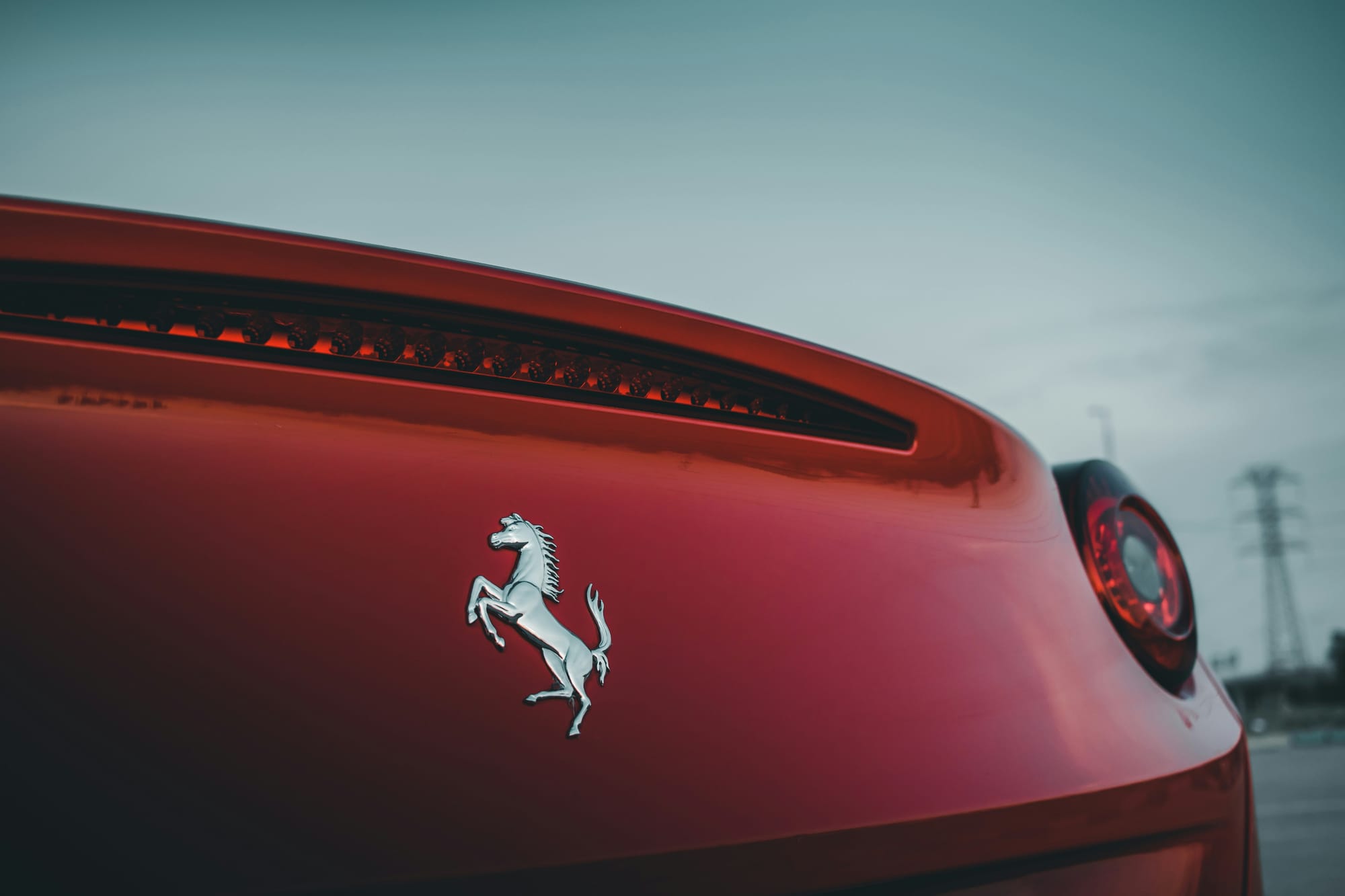
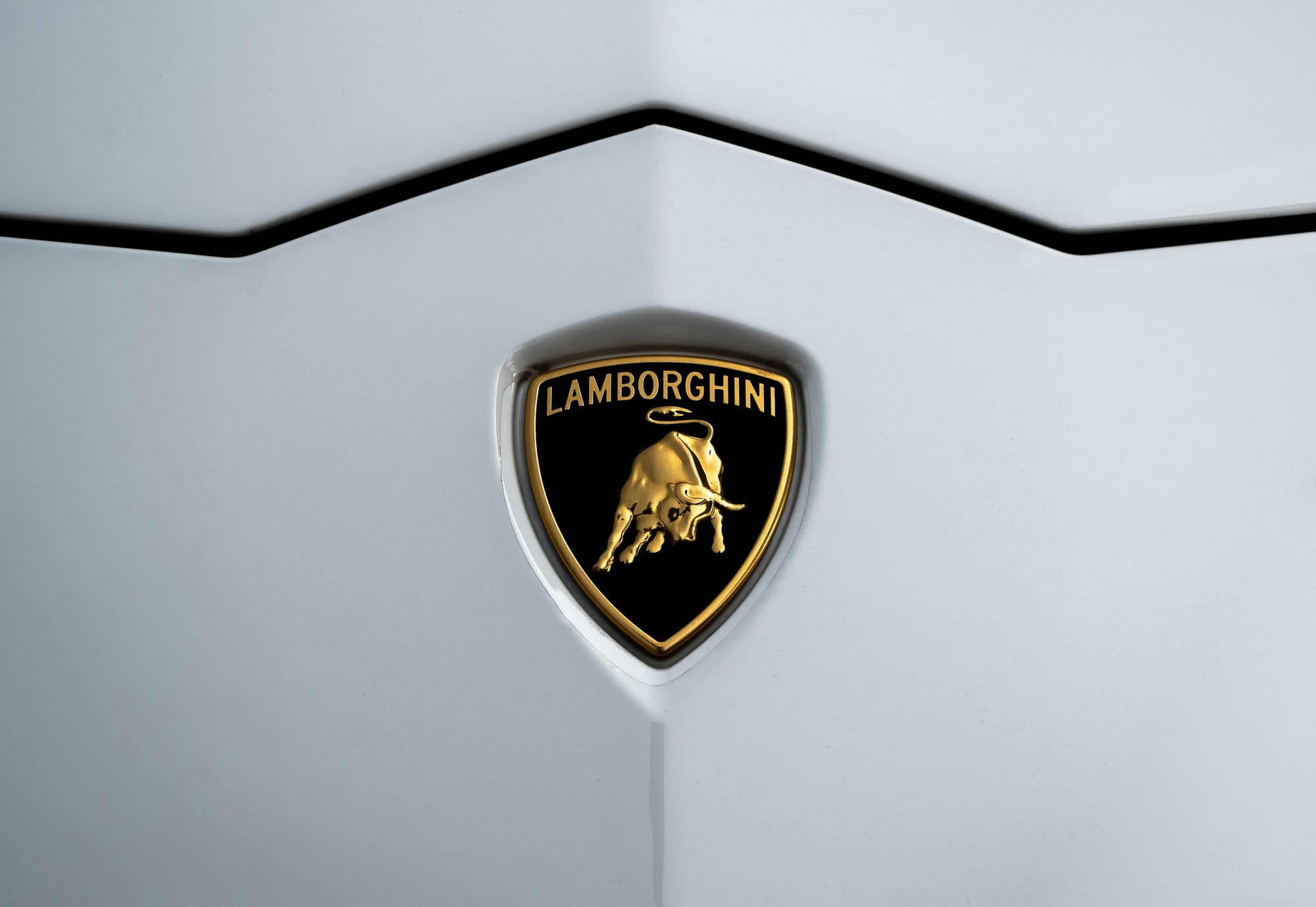
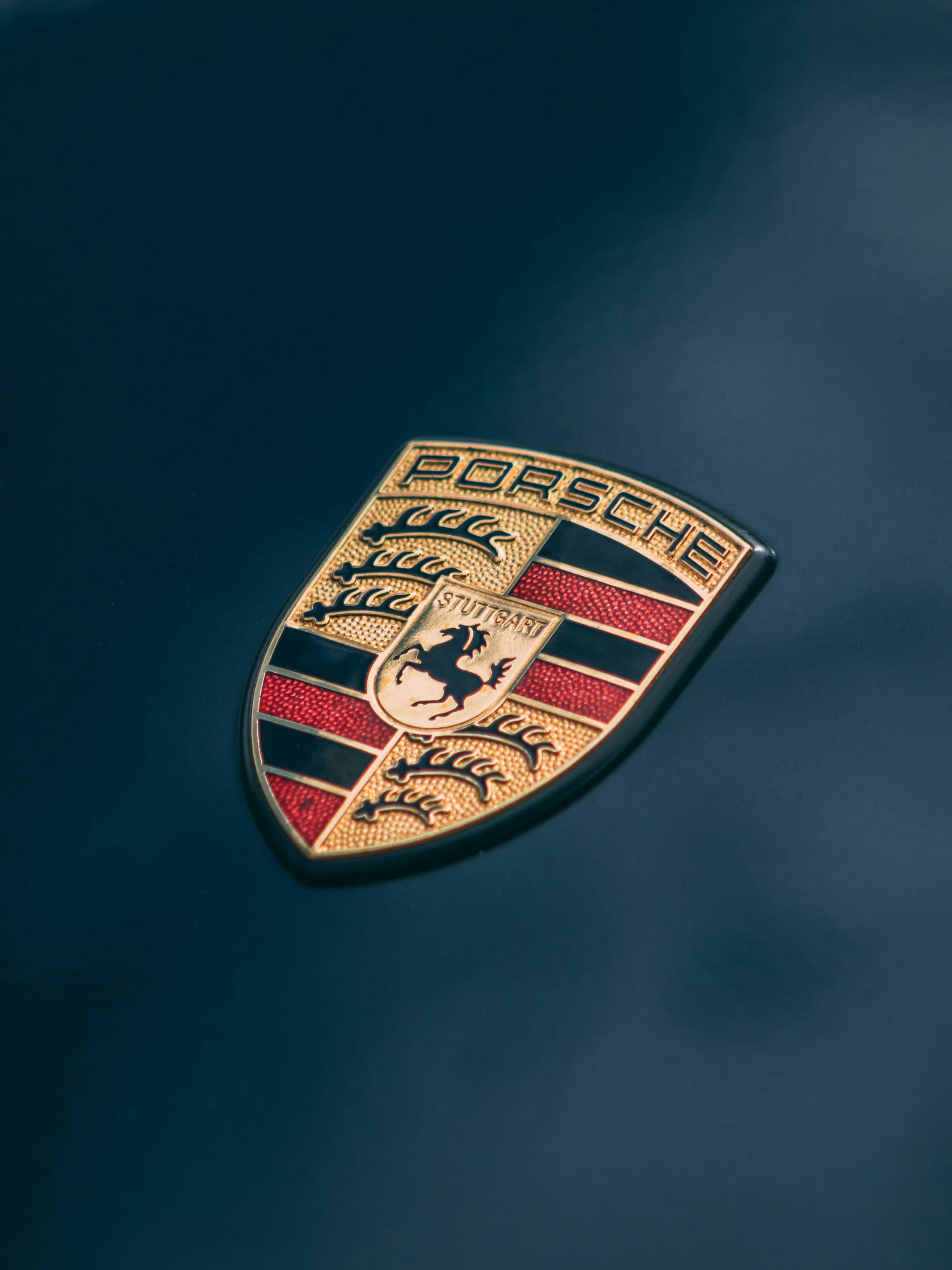
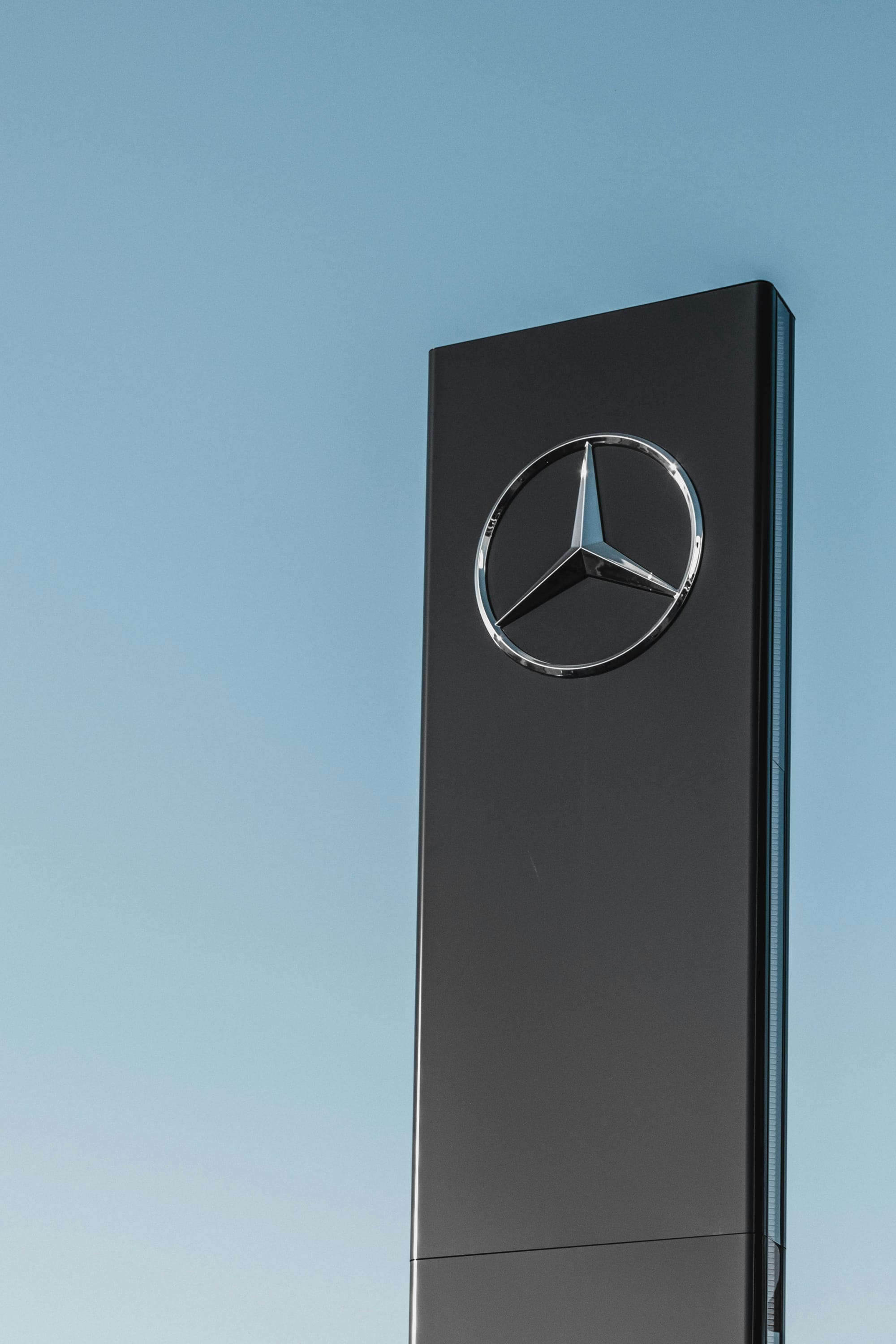
All four of these companies came into the world due in large part to motorsports.
Story of Mercedes Jellinek
Have you considered where the name "Mercedes" came from? Daimler was the last name of an early automobile inventor, and so was Benz. What's the significance of Mercedes?
Mercedes was the name of a rather unremarkable Spanish girl born in 1889. Her father, Emil Jellinek, was a successful businessman, Austrian Consul General, and avid sportsman. Emil was excited about the dawning age of the automobile, and in 1897 he visited the Daimler factory in Cannstatt and ordered his first car. Being an adrenaline seeker, he entered these cars in races under the pseudonym “Mercedes” after his daughter. Over time, he got a win, then another, and another. People around town start saying, "Did you hear Mercedes got another win?" In June 1903, after a lot of racing success, Emil Jellinek obtained permission to call himself Jellinek-Mercedes (commitment right?).
Although Mercedes did not share her father’s passion for automobiles, her name has lasted for over a century with or without her permission, and is the name of one of the world's most innovative and valuable companies. Pretty good.

Thanks for reading, consider sharing with a friend or subscribing to support Auto Digest. We have no ads and keep everything free.



Comments ()